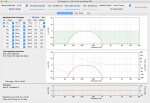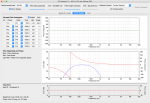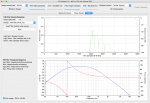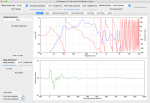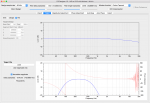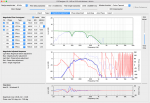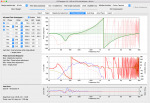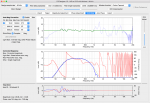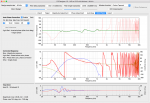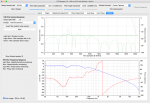Within reason you need to flatten the pass-band past the crossover point so that when you apply the crossover it rolls off with the exact slope and shape (of the crossover type you are using) for about the first 12dB.
The other trick you can do on the low section of the DIY is EQ it to naturally look like 12 dB Butterworth slope at 100Hz and then add a 12 Butterworth 100Hz crossover, the end result will be a 24 dB LR slope. Two 12 dB Butterworth crossovers in series = 24 dB LR.
.... also if you want to use the DIY at loud volumes I would use 24 dB crossovers.
Hi Peter, yes thx, you describe my goal...to have magnitude response roll off ala textbook x-over shape, for at least the first -12db. I'll try the BW EQ / BW12 x-over combo...guess it just comes down to easiest way to keep phase flat there.. (ie fewest taps)
I use at least 24db on the DIY...I was using the 12 db example above just to help show contrast between an expected roll off (shallower) than the steepness generated


